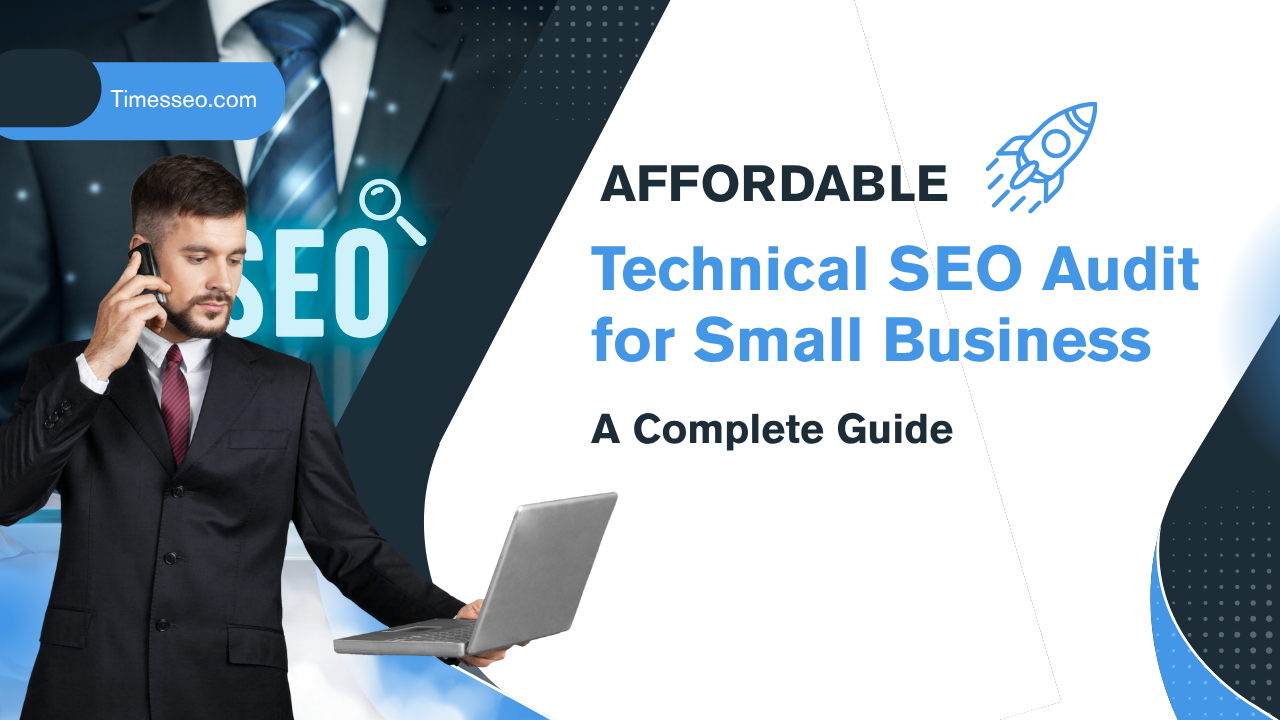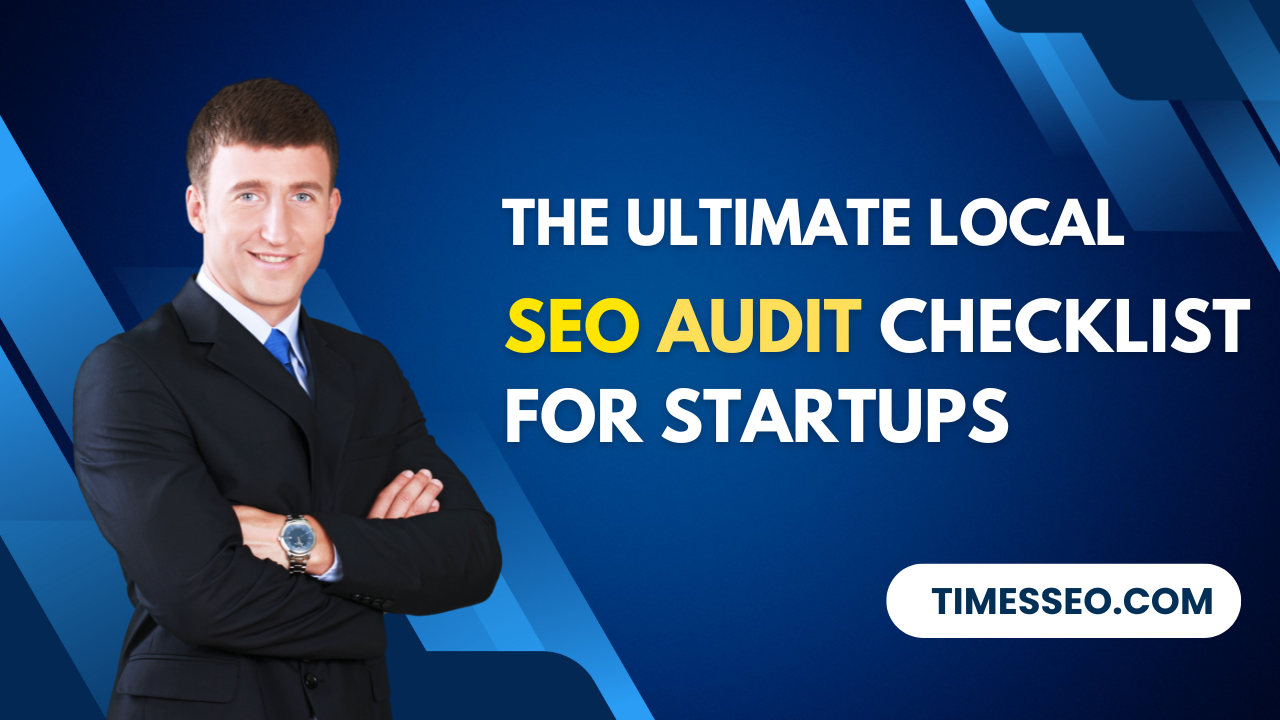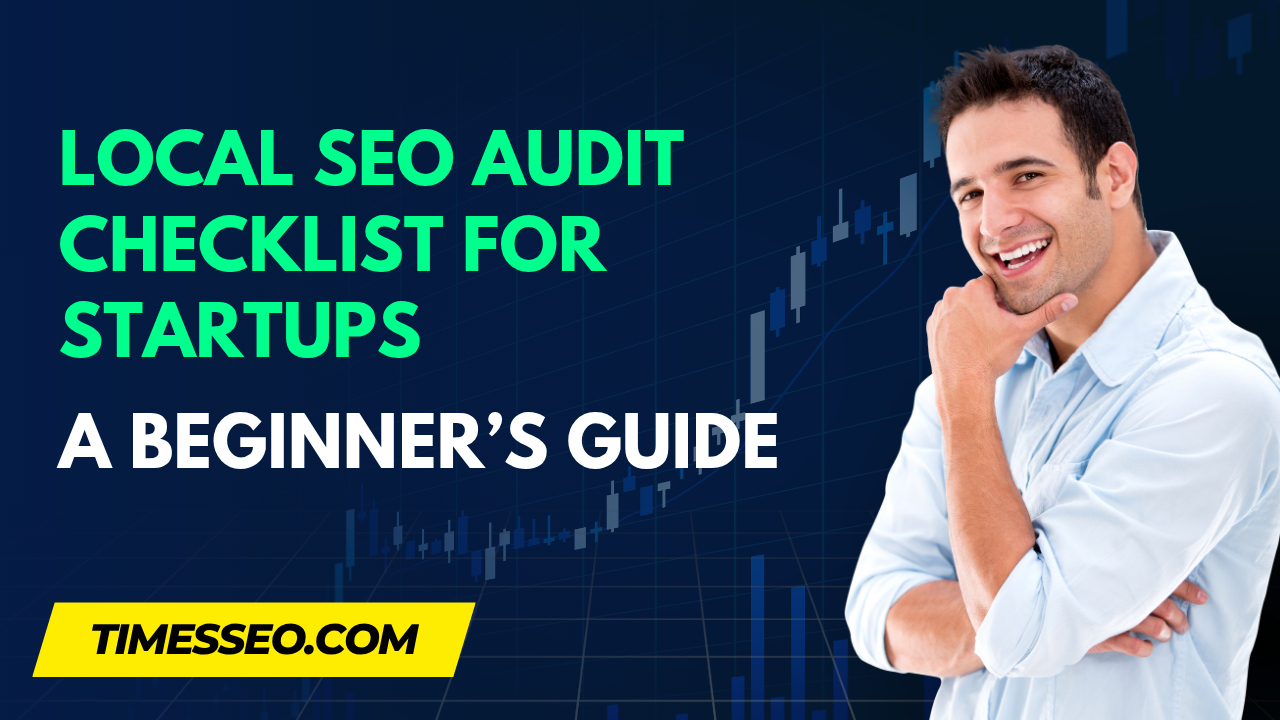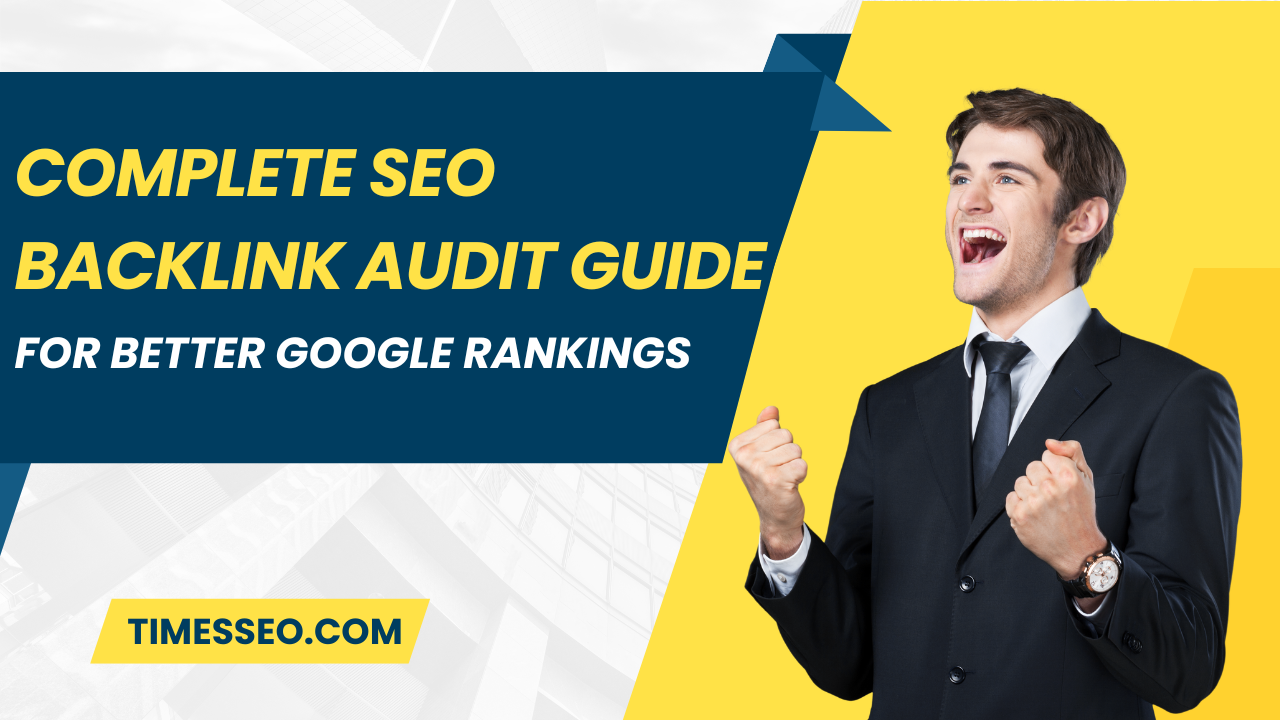
Technical SEO for WordPress: The Ultimate Beginner’s Guide
Discover everything you need to know about technical SEO for WordPress in this beginner-friendly guide. Learn how to optimize your site’s structure, speed, security, and indexing to boost your search engine rankings and improve user experience. Perfect for WordPress users looking to build a strong SEO foundation.
Table of Contents
Introduction
What is Technical SEO?
The main goal of technical SEO is to make your website as easy as possible for search engines to crawl, index, and rank. It’s the backend work that makes your site “search engine friendly.”
Why Technical SEO Matters for WordPress Sites
WordPress is incredibly powerful and flexible — but it’s not always optimized out of the box. Things like bloated themes, plugin conflicts, and improper settings can slow down your site and hurt rankings.
How Search Engines Crawl and Index WordPress
Understanding Crawling and Indexing
Search engines like Google use bots (also known as crawlers or spiders) to read your website and add it to their index. If bots can’t access or understand your content properly, you’re invisible to search engines.
The Role of Bots and Sitemaps in WordPress
A sitemap tells bots where to go, kind of like a road map. WordPress SEO plugins (like Yoast or Rank Math) help generate and update sitemaps automatically — super helpful.
Optimizing Site Structure
The Importance of Clean URL Structures
Use URLs that are short, readable, and keyword-rich. Instead of:
ruby
CopyEdit
yoursite.com/?p=123
Go with:
bash
CopyEdit
yoursite.com/seo-tips
Categories, Tags, and Taxonomies
Organize your content wisely. Don’t go tag-crazy — they should help, not confuse. Stick to a logical content structure.
Internal Linking Best Practices
Link related blog posts together. It makes it easier for Google and people to find more of your material.
Improving Site Speed
Why Speed is a Ranking Factor
People hate waiting. Google knows this — that’s why site speed affects rankings.
Tools to Test Speed (GTmetrix, PageSpeed Insights)
Run a test. See what’s slowing you down. Common culprits? Big images, too many plugins, and unoptimized code.
Speed Optimization Tips for WordPress
- Use caching plugins (like WP Rocket)
- Compress images (use ShortPixel or TinyPNG)
- Minimize HTTP requests
- Use a lightweight theme
Mobile Optimization
Mobile-First Indexing Explained
Google prioritizes your site’s mobile version. Your rankings will suffer if your mobile experience is subpar.
Choosing a Responsive WordPress Theme
Pick themes that adapt automatically to screen size. Astra, GeneratePress, and Kadence are top choices.
Secure Your Site with HTTPS
Installing SSL on WordPress
Security = trust = better SEO. Get a free SSL certificate from Let’s Encrypt and set it up via your host or plugin.
Redirecting HTTP to HTTPS Properly
Use 301 redirects or plugins like Really Simple SSL to move traffic from the old insecure version to the new one.
Use of XML Sitemaps
Why Sitemaps are Essential
They help search engines discover all your important pages.
How to Make an XML Sitemap in WordPress and Submit It
Use Yoast or Rank Math to generate it
Submit via Google Search Console
Robots.txt and Noindex Tags
Managing Crawl Budget
Tell bots what not to crawl using robots.txt. This saves bandwidth and avoids indexing junk pages.
Blocking Low-Value Pages
Tag archive pages, admin areas, or thank-you pages with noindex to keep them out of Google results.
Canonical URLs and Duplicate Content
What are Canonical Tags?
If you have similar content on multiple URLs, canonical tags tell Google which one is the “official” version.
Implementing Canonicals in WordPress
Plugins like Yoast handle canonicals automatically — just make sure they’re set correctly.
Structured Data and Schema Markup
What is Structured Data?
It’s extra code that helps Google understand your content. Think of it as SEO steroids.
Plugins to Add Schema to WordPress
Use:
- Schema Pro
- Rank Math
- Yoast SEO (limited schema support)
Fixing Crawl Errors
Using Google Search Console to Identify Issues
GSC shows you where Google is having trouble. Use it often!
Fixing 404s and Broken Links
Fix links or redirect them using a 301 redirect. Broken Link Checker can assist you in quickly identifying issues.
Optimizing for Core Web Vitals
Understanding LCP, FID, CLS
These are new Google ranking signals:
- LCP = Loading speed
- FID = Interactivity
- CLS = Visual stability
WordPress Tips to Improve Core Web Vitals
- Optimize images and fonts
- Delay JS execution
- Avoid layout shifts with fixed heights
Technical SEO Plugins for WordPress
Rank Math vs. Yoast SEO vs. All-in-One SEO
All three are good, but:
- Yoast is user-friendly and reliable
- Rank Math is feature-rich and free
- AIOSEO is beginner-friendly
Additional Tools and Integrations
- Redirection plugin
- WP Rocket (for caching)
- Cloudflare (for CDN and security)
Keeping WordPress Updated and Clean
Importance of Regular Updates
Outdated plugins and themes = security risk + performance loss.
Remove Unused Themes and Plugins
If you don’t use it, delete it. Unused plugins slow things down and increase vulnerability.
Conclusion
Technical SEO may seem overwhelming at first, but once you break it down into manageable parts, it’s not so bad. Start with the basics — speed, mobile-friendliness, and clean structure — then move into the advanced stuff like structured data and Core Web Vitals. WordPress gives you all the tools, but you need to know how to use them. Get your technical SEO right, and you’ll see your rankings, traffic, and conversions climb in no time.
Frequently Asked Questions
Regular SEO focuses on content and keywords, while technical SEO deals with site structure, speed, indexing, and other backend elements.
At least once every 3–6 months, or after major site changes like theme/plugin updates.
Yes, especially with WordPress plugins like Rank Math and Yoast, though advanced issues may need developer help.
Not really — it’s flexible, but you need plugins to fully optimize SEO.
Some fixes (like speed optimization) show results fast. Others (like crawl/indexing issues) may take weeks.
Table of Contents
Popular Posts
-
 Affordable Technical SEO Audit for Small Business: A Complete Guide26 Jun 2025 Blog
Affordable Technical SEO Audit for Small Business: A Complete Guide26 Jun 2025 Blog -
 How to Get an Affordable Technical SEO Audit for Small Business27 Jun 2025 Blog
How to Get an Affordable Technical SEO Audit for Small Business27 Jun 2025 Blog -
 The Ultimate Local SEO Audit Checklist for Startups28 Jun 2025 Blog
The Ultimate Local SEO Audit Checklist for Startups28 Jun 2025 Blog -
 Local SEO Audit Checklist for Startups: A Beginner’s Guide28 Jun 2025 Blog
Local SEO Audit Checklist for Startups: A Beginner’s Guide28 Jun 2025 Blog -
 Top On-Page SEO Audit Steps for Service Websites Every Business Should Know29 Jun 2025 Blog
Top On-Page SEO Audit Steps for Service Websites Every Business Should Know29 Jun 2025 Blog -
 Technical SEO for WordPress: The Ultimate Beginner’s Guide01 Jul 2025 Blog
Technical SEO for WordPress: The Ultimate Beginner’s Guide01 Jul 2025 Blog -
 The Impact of On-Page SEO Audit Steps for Service Websites on UX01 Jul 2025 Blog
The Impact of On-Page SEO Audit Steps for Service Websites on UX01 Jul 2025 Blog -
 Technical Mobile SEO Audit Tips for Developers02 Jul 2025 Blog
Technical Mobile SEO Audit Tips for Developers02 Jul 2025 Blog -
 Complete SEO Backlink Audit Guide for Better Google Rankings03 Jul 2025 Blog
Complete SEO Backlink Audit Guide for Better Google Rankings03 Jul 2025 Blog -
 Boost Your Rankings with Technical SEO for WordPress01 Jul 2025 Blog
Boost Your Rankings with Technical SEO for WordPress01 Jul 2025 Blog






